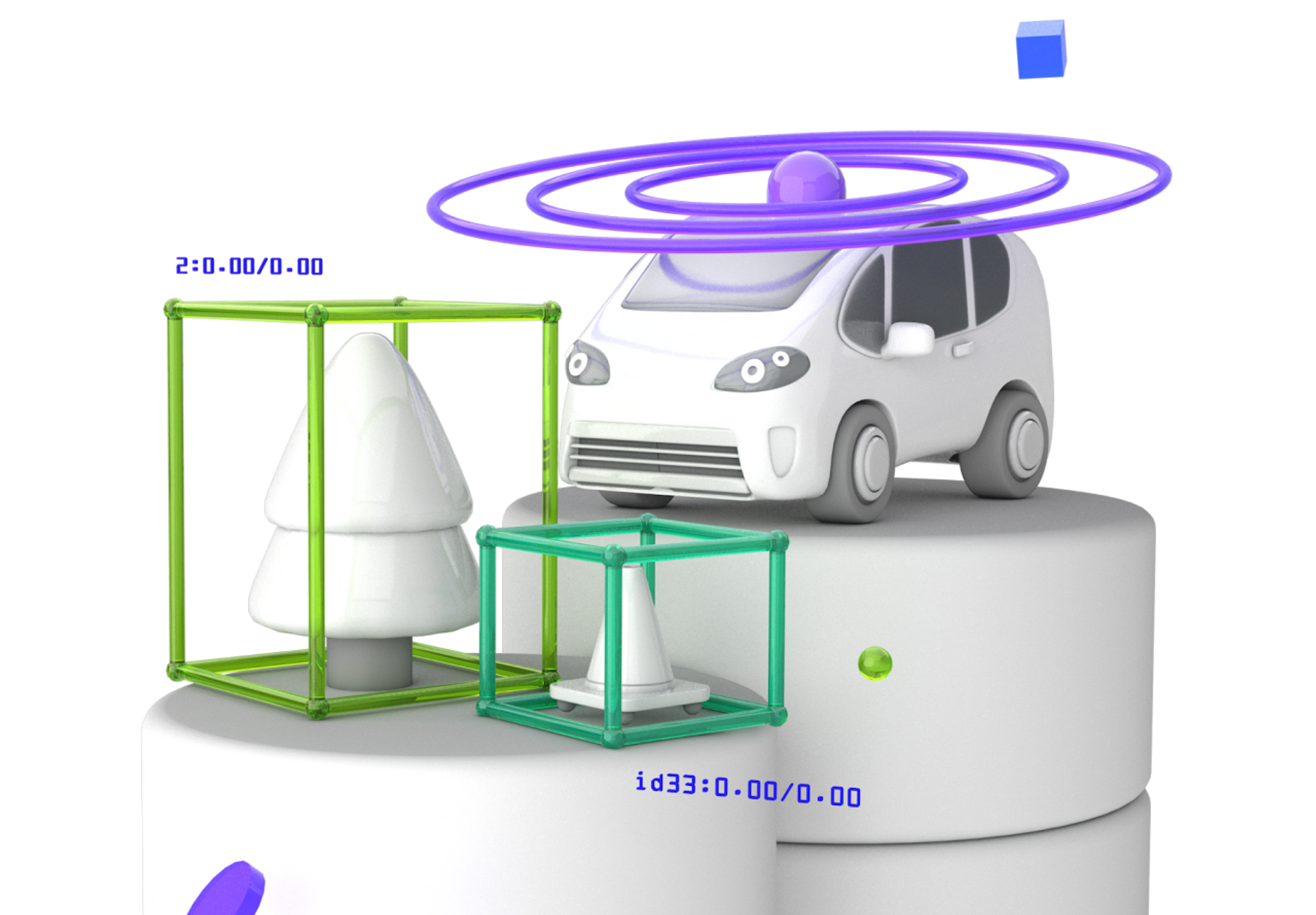(363)
3 months
, Intermediate

The School Of
We’ve designed our autonomous systems courses in self-driving car engineering and sensors in collaboration with industry-leading partners like Mercedes-Benz, Nvidia, and McLaren to ensure a first-in-class learning experience. Companies in the automotive, manufacturing, and warehousing industries have used Udacity to train their employees in the development and deployment of automated systems.

Learn the autonomous systems engineering skills you need to start or advance a career building self-driving cars and trucks, including Python, C++, ROS, Kalman filters, and more.
Steps To Become A Self-Driving Car Engineer
(363)
3 months
, Intermediate
Step 1
(363)
3 months
, Intermediate
Skills Covered
Probability distribution, Python syntax, Object localization, Matrix operations, C++ code optimization, Computer vision fluency, Image transformations, Derivatives, C++ syntax, Basic probability, Binary classification models, Feature detection, Pythagorean theorem, Python data structures, Bayes' theorem, Feature extraction, Image classification, C++ libraries, Kalman filters, Image pre-processing, Machine learning fluency, Robot navigation, Integrals, Accelerometers, Robot state management, Object-oriented programming basics, Python arrays, Gaussian distribution, Data augmentation, Data pre-processing for ML, Graph algorithms, Search algorithms, Computer memory architecture, Memory management in c++, C++ functions, Programming language implementations, C++ classes, Programming language type systems, C++ control flow, Python classes, Conditional probability, Sine, Odometers, Cosine, Algorithmic problem solving, Uniform cost search, Greedy algorithms, Breadth-first search, Search problems, Python collections, Depth-first search, A* search algorithm, Tree search, Python lists, C++ vectors, Vectors, Python methods, Object motion models, Matrix multiplication, State transformations, Python functions, matplotlib, NumPy, Bayesian probability, Histogram filters, Code debugging
Learn More(729)
3 months
, Intermediate
Step 2
(729)
3 months
, Intermediate
Skills Covered
Threading, Concurrent computing, Computer memory architecture, Dynamic memory allocation, C++ copy and move semantics, Heap memory, C++ polymorphism, A* search algorithm, Control flow, C++ syntax, C++ data structures, Futures and promises, Parallel computing, Data races, Message queues, Memory management in c++, R-values, Smart pointers, Buffer overruns, Memory-efficient programming, Call-by-value, Rule of three, Memory leaks, L-values, Code debugging, Segmentation fault, Automatic memory allocation, Hexadecimal numbers, Variable scope, Call-by-reference, Rule of five, Memory fragmentation, Virtual memory, Stack memory, Ownership in memory management, Uninitialized memory bugs, Call stacks, Raii, Encapsulation, Access specifiers, Inheritance, Abstraction, Generic programming, C++ data types, C++ file handling, C++ constants, Software project organization, C++ user input, C++ header files, Cmake, C++ pointers
Learn More(34)
5 months
, Advanced
Step 3
(34)
5 months
, Advanced
Skills Covered
Robot behavior planning, Object motion models, Robot motion planning, Eigen library, A* search algorithm, Robot trajectory generation, C++ syntax, Logistic regression, Model performance metrics, Camera calibration, Image transformations, Bayes' filter for localization, 1d object localization, Gradient descent, Bayes' theorem, Point clouds, Computer vision fluency, Feedforward neural networks, Waymo open dataset, Model evaluation, Automated path planning, Collision detection, 2d object localization, TensorFlow, Image classification, Backpropagation, Control algorithms, Object state estimation, Object perturbations, Iterative closest point, Law of total probability, Normal distributions transform, Lidar sensors, Point cloud library, Convolutional neural networks, AI business context, Tensorflow object detection API, Mpc controller, Vehicle action, Lidar, Linear regression, Tensors, Machine learning pipeline fundamentals, Cameras, Radar, Pid controller, Velocity profile generation, C++ control flow, Lidar visualization, Git, C++ classes, Lidar simulator, C++ functions, C++ standard library, Exploratory data analysis, Pillow, Object detection, Color models, Keras, Yolo algorithm, Deep learning, Overfitting prevention, Color spaces, Data augmentation, Computer vision image enhancement, Computer vision image filtering, Sensors, Bird's eye view maps, Sae j3016 levels of driving automation standard, Object tracking performance metrics, Waymo lidar specifications, Camera measurement models, Extended kalman filters, Lidar technical specifications, Object track score, Jacobians, Region-based convolutional neural networks, Computer vision benchmarks, Object tracking, Object track state, Root-mean-square error, Multi-target object tracking, Sensor visibility reasoning, Coordinate transformation, Range imaging, Lidar measurement models, Kalman filters, Feature extraction, Autonomous vehicle sensor selection
Learn More(34)
5 months
, Advanced
(300)
3 months
, Advanced
(175)
3 months
, Advanced
(363)
3 months
, Intermediate
(115)
3 months
, Advanced
Automotive & Trucking
Suppliers & OEMs
Manufacturing
Connected Vehicles

Get Started Today